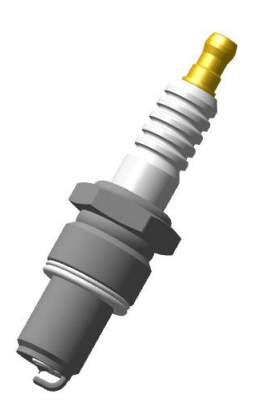Spark Plug Fouling
The following tips will help you to avoid misfire because of wet fouling of your NGK
spark plug.
What is spark plug “fouling”?
A spark plug is “fouled” if there is no spark anymore between center electrode and the ground electrode. Possible causes can be either oil deposition due to bad combustion or excessive fuel in the combustion chamber because of a too rich mixture. The latter is called specifically
wet fouling.

Measures to prevent spark plug fouling:
• Start the engine as late as possible:
Long idling periods before leaving the starting grid will foul the spark plugs. Start the engine just before leaving the grid to grant a smooth running of the engine.
• Don’t blip the throttle on the pre-grid:
Try to maintain a steady load on the engine. This will avoid over fuelling and again reduce the risk of spark plug fouling.
Blipping the throttle will disable a clean combustion and thus pollute the spark plug by means of oil sedimentation.

• 2 strokes need to change spark plugs occasionally:
The spark plug for 2 strokes is a wearing part. Change them regularly. Especially in rainy and cold conditions a change to a new spark plug before the race reduces the risk of fouling to a minimum!
• Try to avoid repeated heavy acceleration and braking:
On the Warm up laps, try to avoid repeated heavy acceleration and braking at low engine speeds. When possible try to clear the engine out by revving up.
• Clear the engine:
Whenever you start the engine on the stand, try to ensure you clear the engine out before shutting down. This again will help avoid the chance of fouling the spark plug also if you maintain some load on the engine during this time. Repeated low rev restarts on the stand without clearing out will foul the spark plug.
• Spark plug gap:
A bigger spark plug gap will also increase the risk of spark plug fouling. The spark plug gap may not exceed the values stated in the latest RMC technical regulations.
Kind regards,
Your Rotax Team













